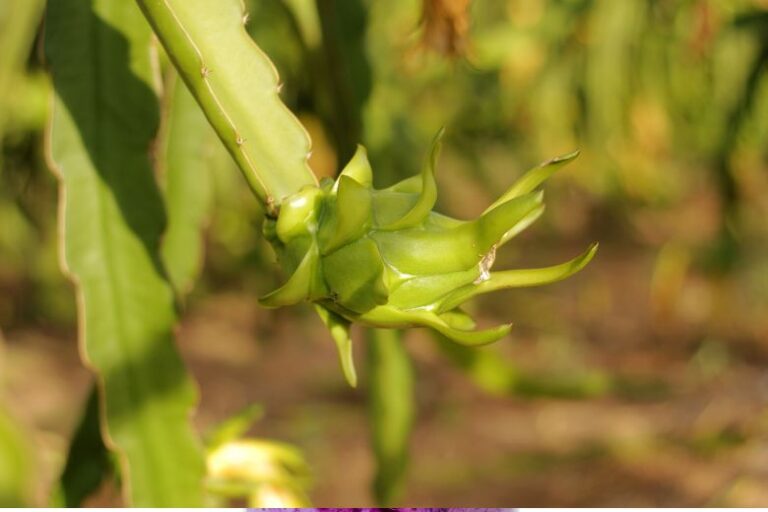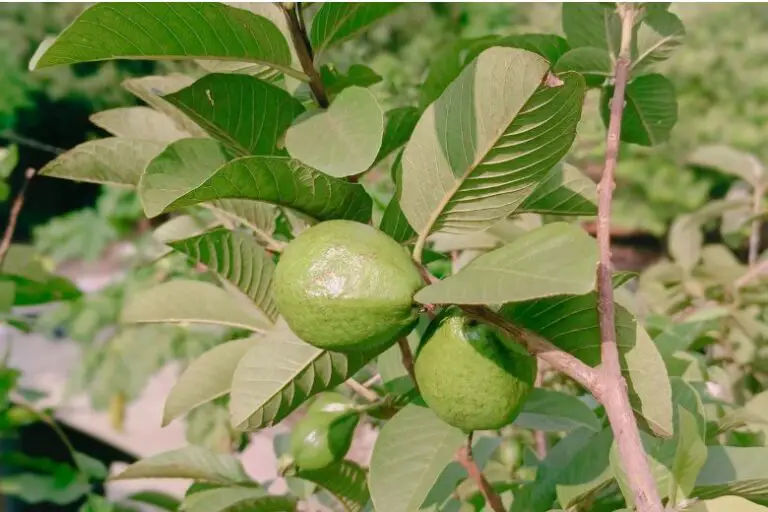when to plant strawberries in zone 5
Are you a strawberry enthusiast living in Zone 5? Do you want to know the perfect time to plant strawberries to ensure a bountiful harvest? Look no further!
Understanding Zone 5 and Its Challenges
Zone 5 is characterized by its cold winters and shorter growing season. This poses unique challenges for strawberry cultivation. However, with careful planning and execution, you can still enjoy a fruitful strawberry harvest.
Choosing the Right Strawberry Varieties
Before you start planting, it’s crucial to choose strawberry varieties that are well-suited for Zone 5’s climate. Opt for cold-hardy cultivars like ‘Earliglow’ or ‘Sparkle’ that can withstand the region’s temperature fluctuations.
Preparing the Soil for Planting
Strawberries thrive in well-draining soil with a pH range of 5.5 to 6.5. Conduct a soil test to assess its composition and make necessary amendments. Incorporate organic matter to improve soil structure and nutrient retention.
Best Time for Planting Strawberries
The optimal time for planting strawberries in Zone 5 is in early spring, as soon as the soil is workable. This typically falls between late March and early April. Planting early gives the strawberries ample time to establish their root systems before the growing season kicks in.
Planting Techniques for Zone 5
Plant strawberries in raised beds or rows, ensuring proper spacing between plants. Set them slightly above the soil surface to prevent rotting. Water the plants immediately after planting to promote root establishment.
Providing Adequate Sunlight and Water
Strawberries love sunlight. Choose a planting location that receives at least 6 to 8 hours of direct sunlight per day. Be diligent about watering, especially during flowering and fruiting stages, to prevent the soil from drying out.
Mulching for Temperature Regulation
Apply a layer of straw mulch around the strawberry plants. Mulching helps regulate soil temperature, conserves moisture, and prevents weed growth.
Frost Protection Measures
Late spring frosts can pose a threat to young strawberry plants. Covering your plants with frost blankets or cloths during colder nights can provide essential protection.
Caring for Young Strawberry Plants
During the first year, pluck off any blossoms that appear. This encourages the plants to focus on root development, leading to healthier plants and larger yields in subsequent years.
Dealing with Pests and Diseases
Monitor your strawberry plants regularly for signs of pests or diseases. Common issues in Zone 5 include aphids, slugs, and gray mold. Utilize natural predators or approved pesticides to keep these problems in check.
Pruning and Runner Management
Regularly prune your strawberry plants to remove damaged leaves and runners. This promotes better air circulation and prevents overcrowding.
Fertilization Guidelines
Feed your strawberries with a balanced fertilizer after the first harvest. Avoid excessive nitrogen, as it can lead to lush foliage but fewer fruits.
Harvesting Your Strawberries
Strawberries are ready for harvest when they are fully red and ripe. Gently pluck the berries to avoid damaging the plants.
Storing and Preserving Strawberries
If you can’t consume your harvested strawberries immediately, store them in the refrigerator. To extend their shelf life, consider freezing, canning, or making delicious jams and preserves.
Enjoying the Fruits of Your Labor
Congratulations! Your patience and efforts have paid off. Savor the delicious, homegrown strawberries either fresh, in desserts, or as a topping for your breakfast delights.
Conclusion
In Zone 5, timing is everything when it comes to planting strawberries. By following the guidelines outlined in this article, you can make the most of your strawberry-growing journey. From selecting suitable varieties to protecting your plants from frost and pests, you’re now equipped with the knowledge to enjoy a thriving strawberry garden.







